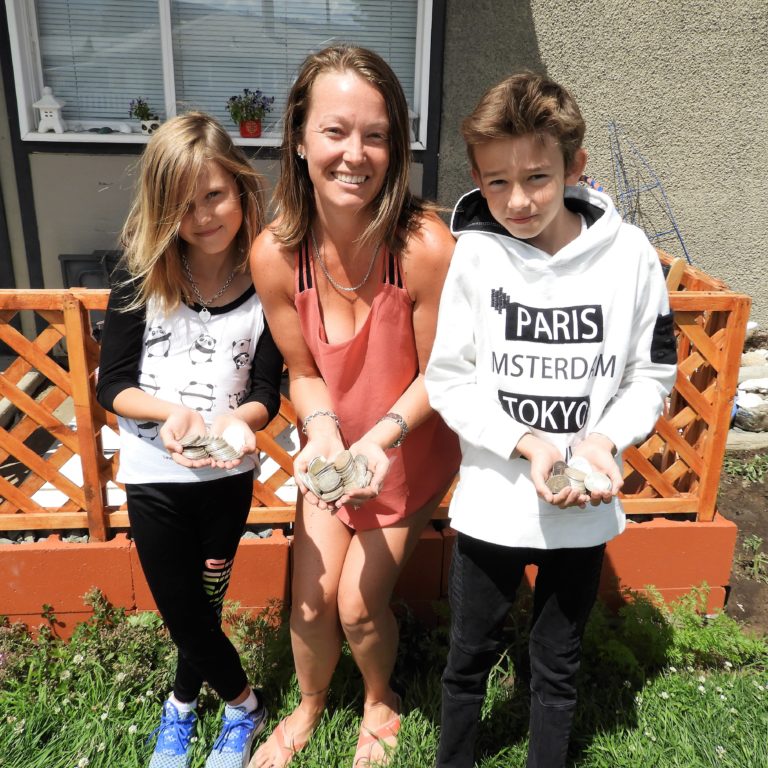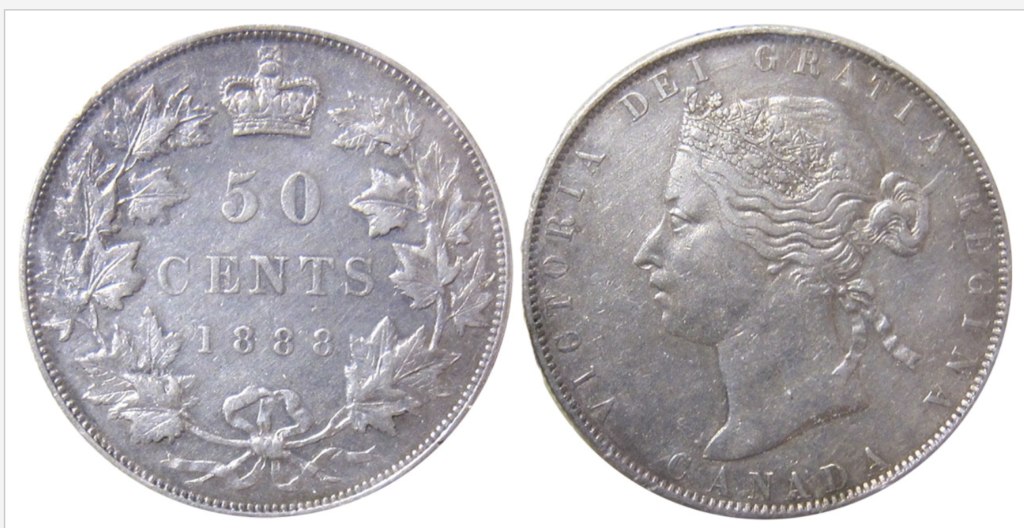How I turned my coin collection into an investment for my kids’ future
What started out as a hobby could make my two kids money some day
Advertisement
What started out as a hobby could make my two kids money some day


Share this article Share on Facebook Share on Twitter Share on Linkedin Share on Reddit Share on Email